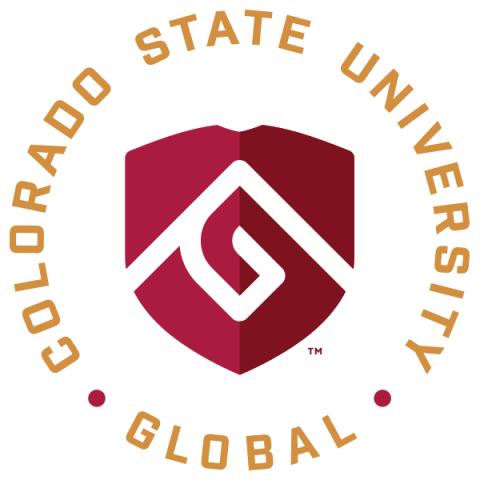
Do our students need to be book smart or street smart? They need to be both
Have you ever heard someone say a person is “book smart”? What about the term “street smart”? In essence, book smart implies that someone is academically intelligent from going through an organised school or reading many books to gain knowledge about situations. In contrast, being street smart means someone has hands-on, real-life experience that helps them handle situations. While each type has its pejorative connotations, no one can argue that they don’t each provide value and benefits. However, there is also an unwritten assumption that the two rarely mix.
So, what happens if and when they do, and how can universities make it happen?
Over the past few decades, we’ve seen many changes in higher education and delivery formats. The most significant change has been in adult education and the emergence and credibility of online degrees. Now factor in the pandemic, and we see the growing need for organisations and higher learning institutions to pivot once again. This pivot has resulted in more schools going online and a growing concern with making connections and building curricula that meet industry standards and student needs.
- Five practical ways the literature classroom can help student careers
- Hosting industry professionals: embedding vocational skill-building into HE
- Four practical tips for bringing students and businesses together
Surveys of students on this topic made it apparent that they want more practical, hands-on experience to dive into their first career role after graduation.
Higher education institutions have changed in several other ways to meet this evolving educational climate. These include:
- Professional advisory boards are composed of industry experts in a particular field that help educational leaders shape curricula and give ideas on programme content based on skills they want to see from graduates.
- Competency-based learning assesses student insight through their ability to meet outcomes and demonstrate real-world performance.
- Experiential learning is hands-on learning by doing and, in most cases, offers the ability to reflect upon the process.
These approaches are just a few examples of the “out of the box” thinking in education that’s making great strides to combine industry and education. Those who want to build upon experiential learning might add in an element of an employer-based, real-world project. This approach uses a blended format that takes in industry projects and academic knowledge to develop students’ insight and application skills. Students are given an assignment outlining a real business problem for a real company and must figure out why the problem exists and how to solve it. This learning approach is different from a case study because employers play a vital role in providing student feedback.
While experiential learning is not a new approach in academia, the element of surprise comes from the partnership between employers and academic institutions. Academic leaders worldwide are eager to collaborate with employers to design curricula that serve two purposes: meet the rigour of a college education; demonstrate the ability to perform an employer task in a chosen field.
This is where book and street smarts collide to create the perfect learning environment in which the student, employer and institution all win. It’s no longer as easy as going to college, writing a few papers, graduating and getting the dream job. Higher education institutions that prepare students by giving them access to real employer projects, as well as the tools and software to do the task, will come out on top in the race to find the best balance in education.
Five or 10 years ago, a college graduate in marketing could describe the elements of a marketing plan and be considered well equipped for an entry-level role. Today, that same student is only well equipped if they have created a marketing plan for a real business and can show tangible results. Employers are more apt to hire the graduate with insight and application over one who just has insight. Employer-based projects leave a wide-open space for universities to forge a new path in how education is delivered and what students get from their education.
Finally, it’s now students who are in the driver’s seat, as they have come to demand more from institutions in preparing them for their future careers. The return on investment that students are looking for comes from getting that dream job that can also pay back the money invested in their education. But project-based learning provides many other returns for students. Employers have noted that it leaves students more confident, better communicators, more collaborative and team orientated, more motivated, more empathetic, with better work attitudes. And as our students know, this combination of street smart and book smart is becoming an industry standard that they all need to meet.
Lee Ann Walker is the marketing programme director for the undergraduate and graduate marketing degrees for Colorado State University Global. Her professional background includes 15 years of corporate experience and 12 years of higher education experience.
If you would like advice and insight from academics and university staff delivered direct to your inbox each week, sign up for the Campus newsletter.




